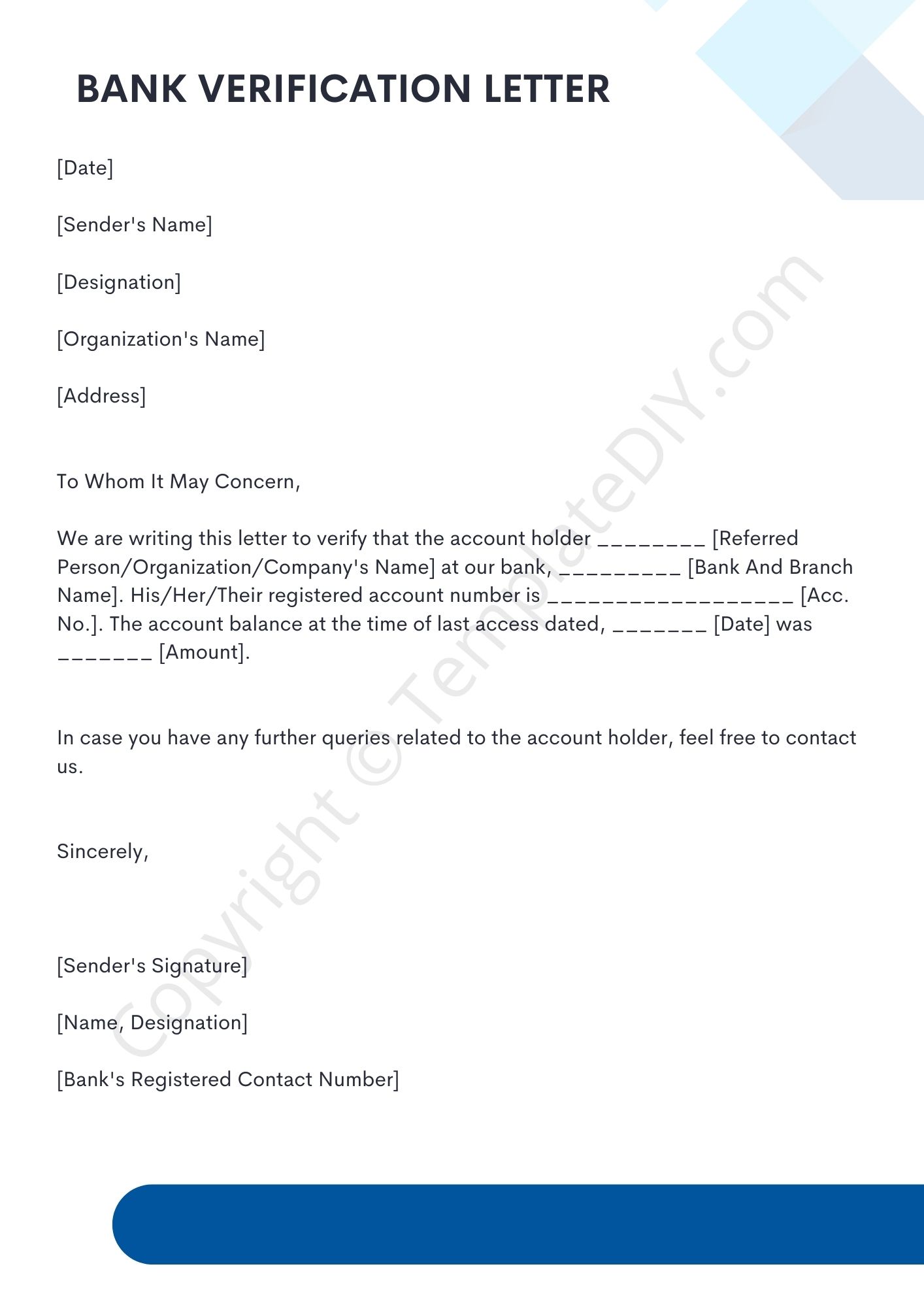Transferred Files: Efficient Management And Storage

Table of Contents
Optimizing the File Transfer Process
Transferring files quickly and securely is the first step to efficient file management. Slow transfers waste valuable time and can disrupt workflow. Optimizing this process involves employing several key techniques for fast and secure file transfer. This includes using optimized methods for efficient file sharing and large file transfer.
-
Use a Dedicated FTP Client or Cloud Storage Service: Traditional methods like email attachments are often slow and unreliable for large files. Dedicated FTP (File Transfer Protocol) clients or cloud storage services offer significantly faster and more secure transfer options. Services like FileZilla (FTP client) or cloud solutions like Dropbox, Google Drive, and OneDrive provide robust, efficient solutions.
-
Compress Files Before Transfer: Compressing files using tools like 7-Zip or WinRAR reduces their size, leading to faster transfer times. Common formats like ZIP and RAR significantly decrease file sizes, particularly for large documents, images, or video files. This is especially crucial for efficient file sharing of large multimedia assets.
-
Utilize a Faster Internet Connection: A high-speed internet connection, preferably Ethernet over Wi-Fi, dramatically improves transfer speeds. Ethernet provides significantly more stable and faster speeds than Wi-Fi, ideal for transferring large datasets or multiple files concurrently.
-
Employ Transfer Acceleration Techniques: Some file transfer services and software incorporate transfer acceleration techniques, dividing the file into smaller parts for simultaneous uploads or downloads. This significantly reduces the overall transfer time, especially beneficial for very large files or when dealing with limited bandwidth.
-
Consider Using a Content Delivery Network (CDN): For distributing large files to multiple users geographically dispersed, a CDN (Content Delivery Network) is highly recommended. CDNs store copies of your files on servers worldwide, providing fast access to users regardless of their location.
Effective File Management Strategies
Once files are transferred, effective file management is crucial. A chaotic file system leads to wasted time searching for files, missed deadlines, and potential data loss. Implementing these strategies enables efficient file management and data organization.
-
Establish a Clear Folder Structure: Organize your files into a logical folder structure, grouping them by project, date, client, or any other relevant criteria. For example, a project-based structure might use folders like "Project Alpha/Documents," "Project Alpha/Images," and "Project Beta/Spreadsheets." A consistent structure ensures you can quickly locate any file.
-
Use Descriptive and Consistent File Naming Conventions: Adopt clear and consistent file naming conventions, such as "ProjectName_Date_Version.docx." Avoid using ambiguous names like "Document1.doc" or "Image.jpg," which can lead to confusion and difficulty in retrieving files.
-
Implement a Tagging System: For advanced organization, utilize file tagging. Many file management systems and cloud services allow tagging files with keywords or metadata. This enables powerful searching and filtering, quickly locating specific files based on content, project, or client.
-
Regularly Review and Declutter Your File Storage: Periodically review your file storage and delete unnecessary or outdated files. This frees up space, improves search efficiency, and reduces the risk of data clutter.
-
Utilize File Management Software: Tools like Adobe Bridge, XYplorer, or even the built-in search features of your operating system offer advanced features for file management, including metadata editing, batch renaming, and powerful search capabilities for enhanced data organization.
Utilizing Cloud Storage for Transferred Files
Cloud storage offers numerous advantages for managing transferred files, including accessibility, collaboration, and automated backups.
-
Automatic Backup and Version History: Many cloud storage providers automatically back up your files, often with version history, allowing you to revert to previous versions if needed. This safeguard is crucial for data protection and minimizing the risk of data loss due to accidental deletion or corruption.
-
Easy File Sharing and Collaboration: Cloud storage facilitates seamless file sharing and collaboration. You can easily share files with colleagues or clients, granting them specific access permissions. Real-time collaboration features are available on some platforms, allowing multiple users to edit the same document simultaneously.
-
Accessibility from Multiple Devices: Access your transferred files from any device – computers, tablets, or smartphones – with an internet connection. This flexibility enhances productivity and allows for working from anywhere.
-
Scalability and Cost-Effectiveness: Cloud storage is highly scalable; you can easily increase or decrease storage space as needed, often paying only for the space you use. This eliminates the need for expensive on-site storage solutions and reduces IT management overhead.
-
Security Measures and Data Encryption: Reputable cloud storage providers employ robust security measures, including data encryption, to protect your files from unauthorized access. Always check the security features and privacy policies of any cloud storage provider before using it.
Ensuring the Security of Transferred Files
Data security is paramount. Protecting transferred files from unauthorized access or cyber threats is crucial. These security measures are crucial for secure file transfer and data security.
-
Use Strong Passwords and Two-Factor Authentication: Employ strong, unique passwords for all your accounts, and enable two-factor authentication whenever possible. This adds an extra layer of security, making it much harder for unauthorized individuals to access your files.
-
Encrypt Sensitive Files Before Transfer: For highly sensitive files, encryption is essential. Tools like VeraCrypt or 7-Zip with encryption can protect your data even if it falls into the wrong hands. This is particularly important for transferring confidential client information or intellectual property.
-
Choose Secure File Transfer Protocols: Use secure file transfer protocols like SFTP (SSH File Transfer Protocol) or FTPS (FTP Secure) instead of standard FTP. These protocols encrypt data during transfer, preventing eavesdropping and unauthorized access.
-
Regularly Update Security Software: Keep your antivirus and anti-malware software up-to-date to protect against malware and other threats. Regular updates ensure that your security software is equipped to handle the latest threats and vulnerabilities.
-
Implement Access Control Measures: Restrict file access to authorized individuals only. Many file sharing services and cloud storage providers allow you to set permissions, granting different levels of access (view, edit, download) to different users.
Conclusion
Efficient management and storage of transferred files are crucial for productivity, collaboration, and data security. By optimizing the file transfer process, implementing effective file management strategies, leveraging cloud storage, and prioritizing security best practices, you can significantly improve your workflow and protect your valuable data. Start optimizing your transferred file management today for increased efficiency and peace of mind! Implement these strategies for efficient management and storage of transferred files and unlock improved productivity.

Featured Posts
-
 Im Convinced Star Wars Will Finally Show This Teased Planet After 48 Years
May 08, 2025
Im Convinced Star Wars Will Finally Show This Teased Planet After 48 Years
May 08, 2025 -
 Ethereum Price Forecast 1 11 Million Eth Accumulated Bullish Momentum Builds
May 08, 2025
Ethereum Price Forecast 1 11 Million Eth Accumulated Bullish Momentum Builds
May 08, 2025 -
 Watch Thunder Vs Trail Blazers Live Game Time Tv Channel And Streaming Details March 7th
May 08, 2025
Watch Thunder Vs Trail Blazers Live Game Time Tv Channel And Streaming Details March 7th
May 08, 2025 -
 400 And Beyond Analyzing Xrps Price Trajectory
May 08, 2025
400 And Beyond Analyzing Xrps Price Trajectory
May 08, 2025 -
 Dwp 12 Benefits Payment Update Verify Your Bank Details
May 08, 2025
Dwp 12 Benefits Payment Update Verify Your Bank Details
May 08, 2025
